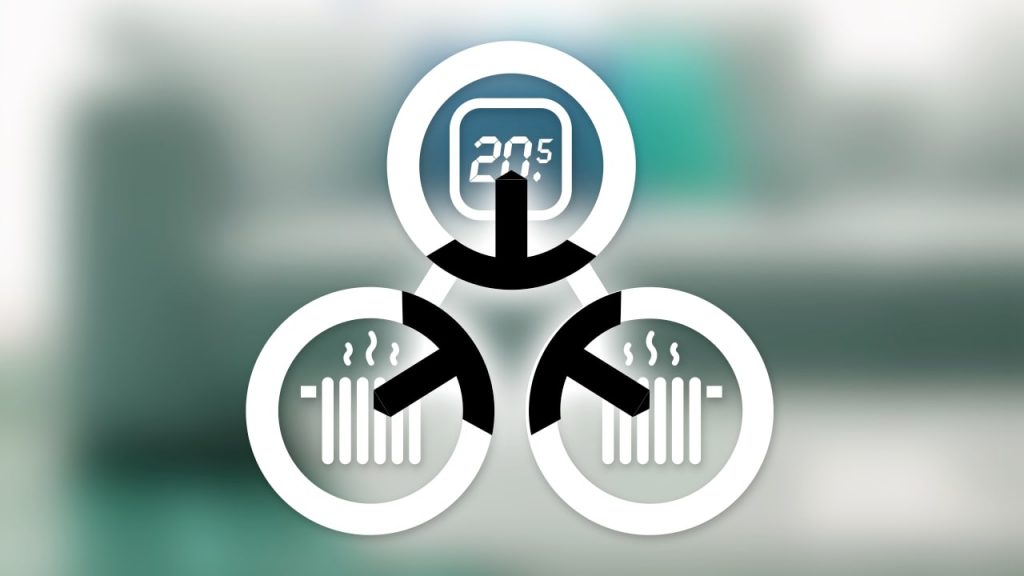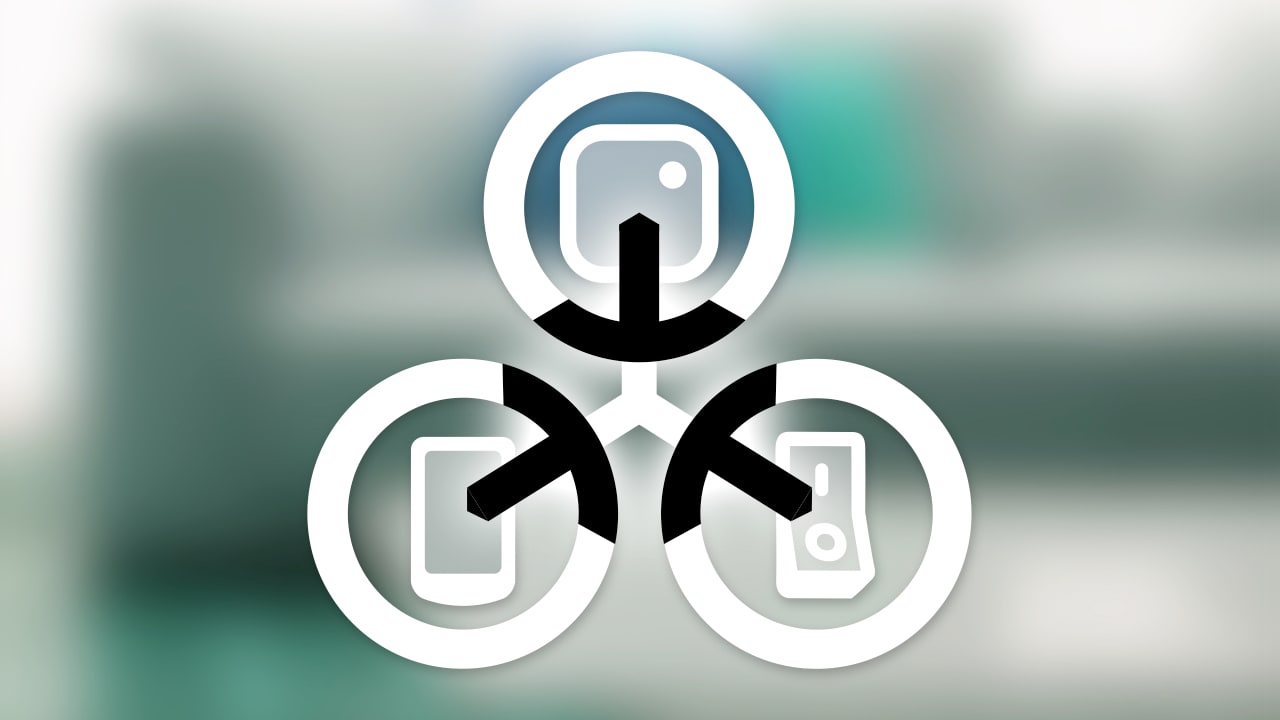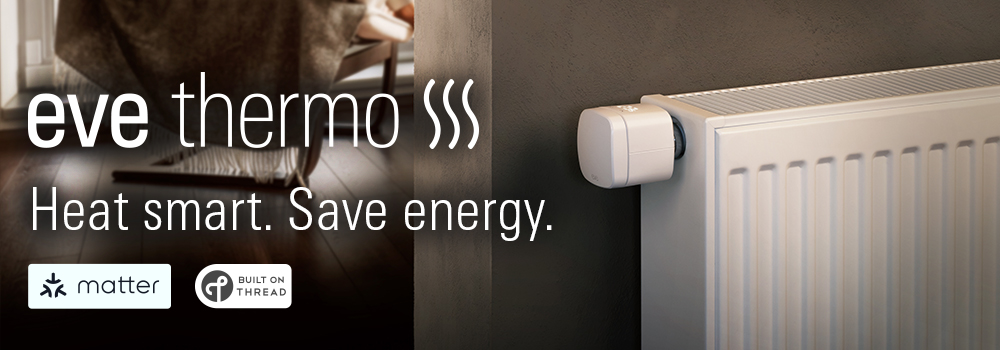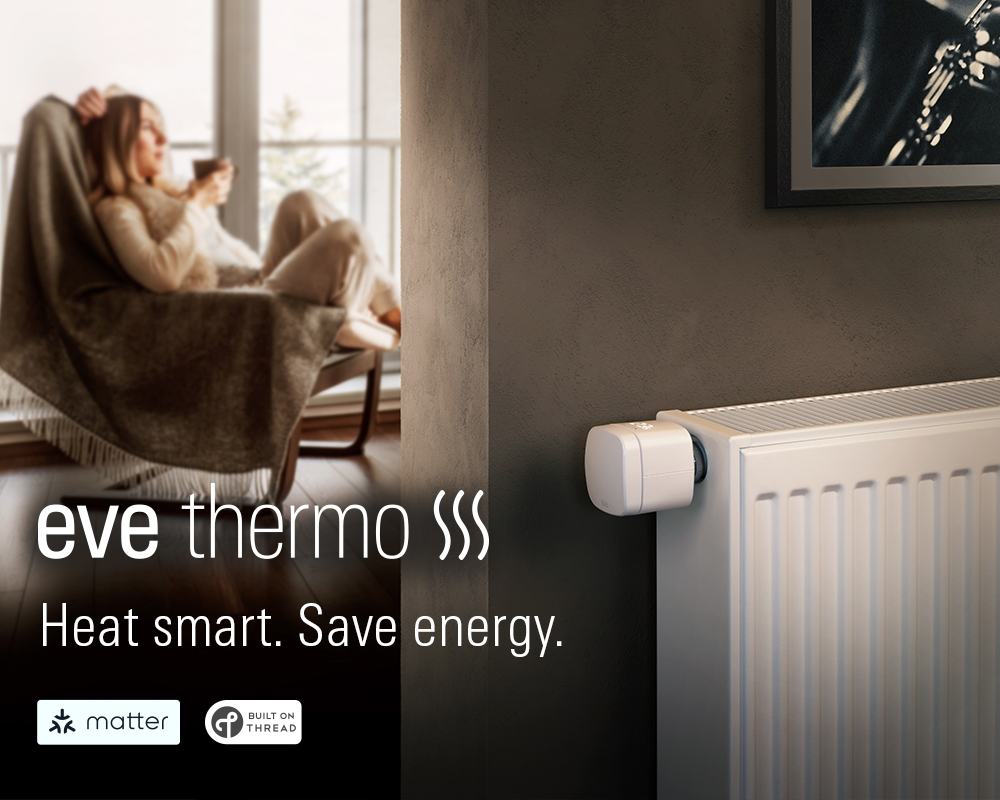In addition to control via a smart home hub, the Matter standard also offers another method: automation through so-called bindings. End devices (endpoints) in a Matter installation communicate directly with each other. They exchange information – for example, by radio – and do not need a control center as an intermediary. Typical examples of this direct communication without a hub are:
- Light switches/dimmers that control one lamp or a group of lamps.
- Temperature sensors that control one or more heating regulators.
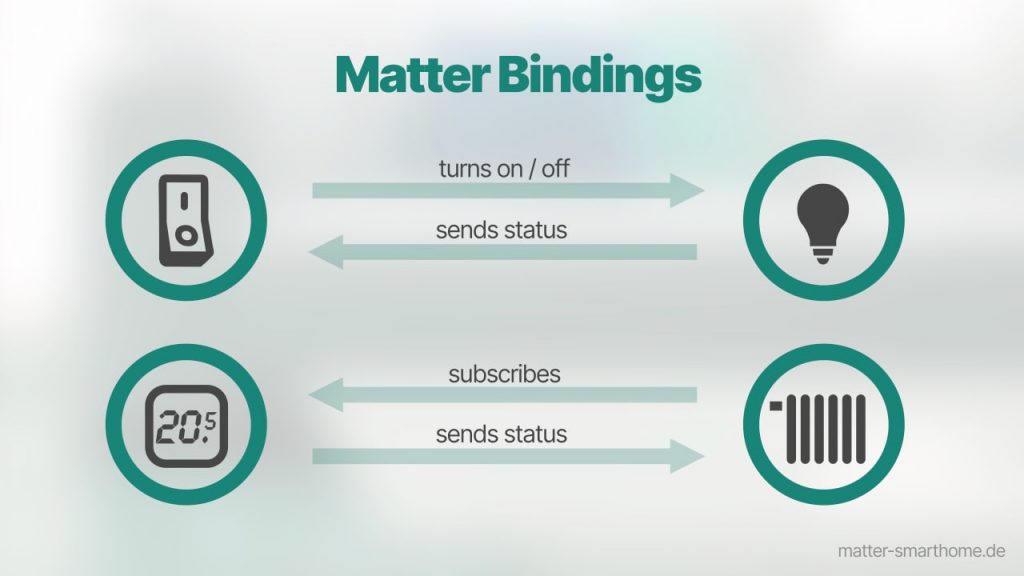
The second category includes the Eve Thermo Control from Eve Systems. Like the Eve Thermo radiator controller, it works with the Thread wireless protocol. The manufacturer’s app establishes a binding between both products so that the controller subscribes to the sensor data and receives the current room temperature from it at regular intervals. Lifx uses the technology in its Luna light to control other lights via buttons – without the need for a hub or smart home control center. The manufacturer’s app also takes care of setting up these connections.
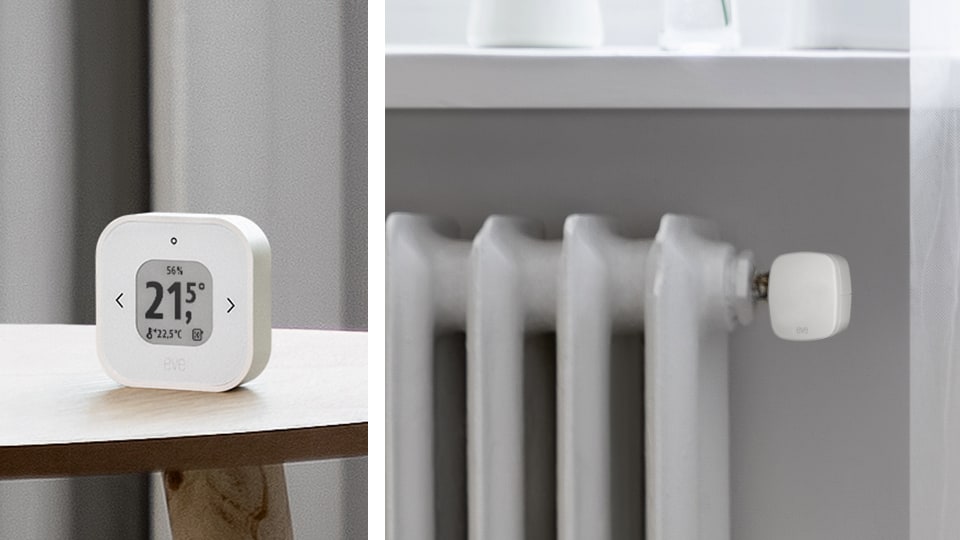
Matter’s binding concept is manufacturer-independent. In theory at least, products from different brands can be combined with each other. However, widespread use has so far failed due to the major Matter platforms. Neither Amazon, Apple, Google or SmartThings have included bindings in their systems. They would first have to enable their Matter Controllers to make corresponding entries in the access authorizations of the devices. Access Control Lists (ACLs) are used to regulate who is allowed to communicate with each other in an encrypted Matter Fabric. Read more in the article “Matter benefits #4: Security and encryption”.
On top of that, there is a lack of controls: Apps such as Apple Home, Google Home & Co do not offer the option of establishing direct connections between Matter devices. Corresponding menus pose a challenge for UX designers because there are so many possible pairings – between lamps, switches, thermostats, shutters, weather and room sensors … each with different settings. The incentive to implement something like that is limited, partly because the platforms work without Bindings. Their smart home hubs, such as the Apple HomePod, an Amazon Echo or Google Nest Hub, fulfill the same purpose with rules and automations.
It will therefore be some time before Bindings find their way into the major Matter platforms if that happens at all. Hopes are currently pinned on open-source solutions such as Home Assistant or other independent controllers that are yet to come. Home Assistant (link) took the first step at the end of June 2025: The beta version of the Matter add-on 8.1.0 (link) offers the option of establishing direct connections between Matter products. However, this is still very rudimentary and rather cumbersome. For now, manufacturers such as Eve Systems an Lifx only have the choice of realizing the Binding of devices via their own app.
More Know-how
Share this information:
